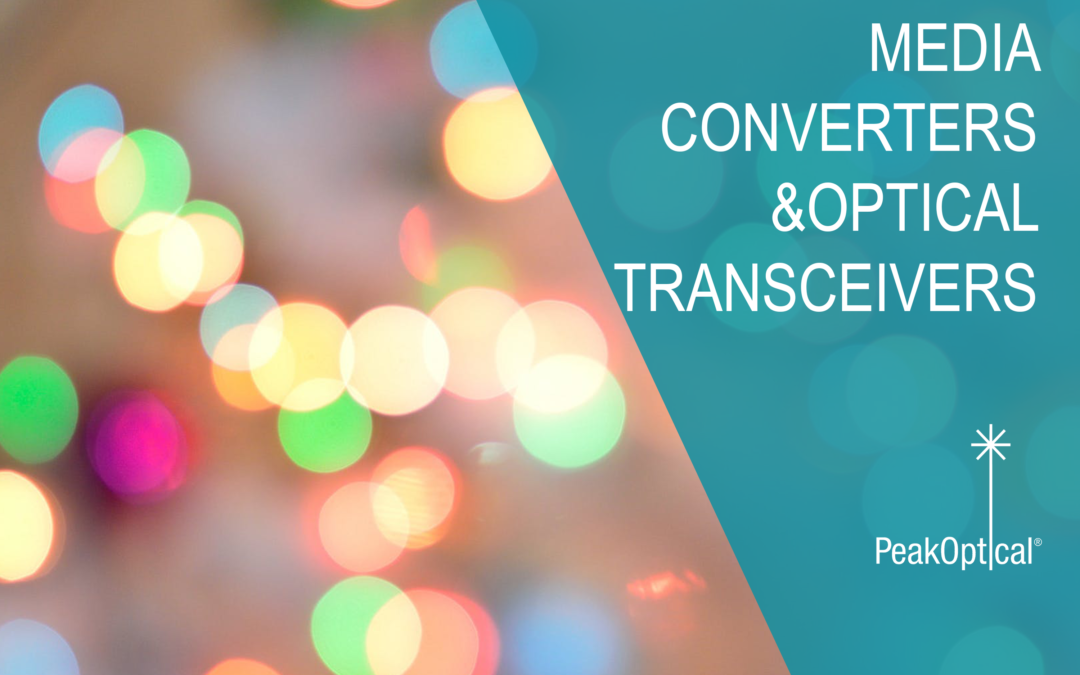You have probably noticed that, in fiber optics, some components have similar functions. For example, both media converters and optical transceivers are for photoelectric conversion. We are going back to the basics to discuss the main differences between Media Converters and Optical Transceivers.
A media converter is a medium for converting short distance electrical signals and long-distance optical ones. It is a networking device that facilitates the connection between two distinct media types (e.g. coaxial cable to fiber optic cable). A media converter interconnects fiber optic with already existing copper cabling systems. It supports most data communication protocols such as Ethernet and Fast Ethernet, Gigabit Ethernet, E3/DS3 and T1/J1/E1. In short, a media converter’s function is photoelectric conversion.
An optical transceiver is also meant for photoelectric conversion. It uses fiber optical technology to send and receive data; electronic components encode/decode data into light pulses and then send them to the other end as electrical signals. In order to transmit the information, a light source controlled bt the electronic parts is used. As for receiving light pulses, it makes use of photode semiconductor. The transmitter converts an electrical signal into an optical signal and the receiving end converts the optical signal into an electrical signal after transmitting through an optical fiber.
How can the optical module be used in conjunction with the media converter? The wavelength and transmission distance must be the same, for example, using 1310nm wavelength, the transmission distance should be 10KM/20KM.Optical fiber pigtail interface selection should be paid attention, used in generally media converter uses SC port, the optical module uses LC port. The data rate must be the same, Gigabit media converter corresponding to 1.25G optical module, megabit connect megabit, gigabit connects gigabit. The optical module types must be the same. (Fiber-Mart)


